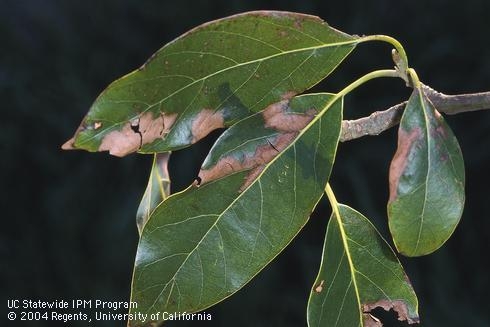
Two of the most popular subjects of companion planting on the internet are “Planting a Three Sisters Garden” and “whether planting marigolds as companion plants will repel pest insects and provide control for nematodes.”
The ‘three sisters' trio of plants (beans, corn, squash) is a great example of successful companion planting developed by Native Americans centuries before the arrival of European settlers. The plants are grown together for the benefit of all of them. The corn stalks support the bean vines as they grow; the beans fix nitrogen in the soil; the large squash leaves shade the roots. The timing of seed planting and best varieties for specific climate zones is not always provided by internet sources.
Whether or not marigolds repel pest insects and whether they control for nematodes is not clear from science-based studies, but many gardeners now are firm believers in the practice of planting marigolds as companion plants. There is (some) science-based evidence that green tilling French marigolds (Tagetes patula) into the soil the season before planting does reduce the nematode population somewhat, but not always. Marigolds do produce compounds that may (or may not) repel insects, but which insects and how the compounds work has not been fully studied.
As Master Gardeners we often need to gently correct misinformation gleaned from the internet and redirect home gardeners to research and science-based sources. Over the last decade companion planting has become increasingly popular and researchers are beginning to study the effects of companion planting in home gardens. Companion planting is an effort to encourage natural plant-derived controls for plant diseases, pest insects and weeds, thereby reducing the use of herbicides and pesticides. Some examples of the efficacy of companion planting have been verified by scientific evidence as well as anecdotal observations.
Here are a few of the more commonly recommended companion planting tips that Master Gardeners can offer with confidence:
- The planting of nitrogen-fixing plants, such as peas and beans, and cover crops, such as clovers, raises nitrogen levels in the soil. When the cover crops are tilled into the soil as green mulch, the soil texture and water retention improve.
- Planting host plants like artemisia as habitats and food sources for predatory beneficial insects like lady beetles helps reduce pest insect populations in the garden.
- Planting flower species that bloom in succession and that include all three flower types – umbellifer (dill, Queen Anne's lace), tubular (penstemon, trumpet vine) and open-faced (daisies, coreopsis) – ensures that the garden provides nectar and pollen throughout the growing season as food for pollinators, beneficial insects and hummingbirds.
- Planting taller sun-loving plants next to short ones provides shade for the shorter plants as does planting larger-leafed shorter plants between rows of taller plants. The shade discourages weed growth and helps keeps roots cooler.
Sources:
Better Together: The New Science of Companion Planting, UC Master Gardeners of San Mateo and San Francisco counties
Beneficial Insect, Insectary Plants, UC Integrated Pest Management Program
Plant a Three Sisters Garden: Corn, Beans and Squash, The Old Farmer's Almanac




